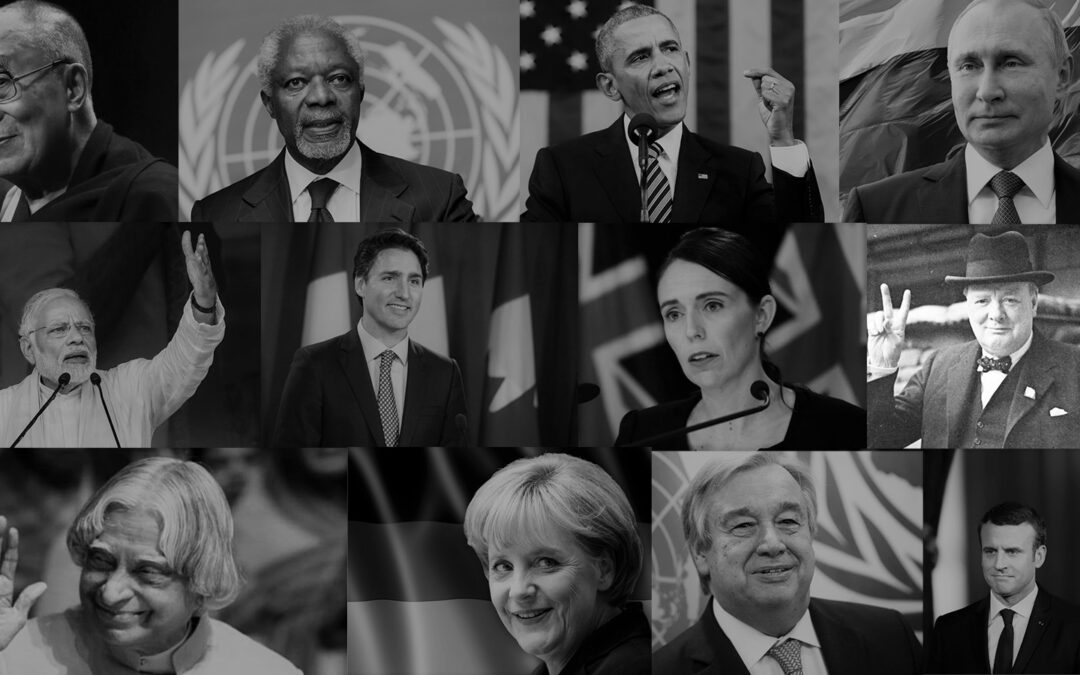In today’s globalized corporate world, many of us believe that leadership traits are now uniform across the world and that leaders tend to follow a set global standard. However, this is far from the truth. Our culture influences are thoughts and actions as individuals and this extends to our leadership as well. Every culture has its own style of leadership.
Research has found that a leader’s decision-making, communication style, and handling of pressure is influenced by their geographical location in which they operate. Here are few leadership types that are shaped by the culture of the region.
Decision Making
In order to climb organisation ladder in Mainland China, South Korea, Japan, Indonesia, Thailand, the UAE, Mexico, Brazil, Colombia and Chile leaders need to know the art of follow-through. Such leaders seek consensus on decisions and drive others through a keen process orientation. Synchronized leaders tend to be prudent and are more focused on potential threats and not rewards.
In India, Germany, Denmark, Norway, the UK, USA, Australia, New Zealand, Singapore, Malaysia, and Hong Kong leaders tend to self-initiate and demonstrate flexibility on how to achieve goals. These leaders are individualistic, and thrive in ambiguity. They are opportunistic and tend to be ambitious risk takers. However, these leaders need to keep their teams updated about their changing plans to be successful.

Communication Style
In Northeast Asia and countries like the Netherlands, excessive communication is not the traits organisations look for in leaders. These countries prefer straight-shooting and task-oriented leaders. Impromptu performance reviews with direct reports are common sight in organisation in these countries, and leaders address undesirable behaviors as soon as they are observed. However, straight-shooting leaders tend to be less inter-personally sensitive.
In New Zealand, Sweden, Canada and much of Latin America communication finesse and careful messaging are important traits that a leader must possess to grow in an organisation. Leaders who keep business conversations pleasant and friendly are desired by organisations. They need to handle constructive confrontation with empathy, and must be vigilant of the audience’s reactions during meetings. As direct communication is seen as unnecessary and harsh, diplomatic leaders need to be polite and agreeable.

Under Pressure
This leadership style, if overused, is characterized by excessive deference or sudden attention to detail when reporting to a senior, and issuing fiery directives or refusing to compromise when commanding subordinates. India, Turkey, UAE, Serbia, Greece, Kenya, and South Korea are notorious for these kinds of leaders.
Leaders can get cynical, mistrusting, and eventually covertly resistant, under stress. These reactions usually occur when the individual is forced to pursue an objective or carry out a task without being won over or in the absence of sound rationale. Though being overtly cooperative while maintaining a level of skepticism can be beneficial in group settings, these behaviors can also hinder execution. Leaders with this style are more widely accepted in Indonesia and Malaysia, where it doesn’t seem to impede their advancement. Passive-aggressive leaders tend to be critical and resentful.

The above mentioned leadership traits are widely acceptable by these cultures, but are not to be treated as the gospel truth for leaders from these cultures. This blog will help those who might find themselves in a new work culture when they pursue their career overseas. It takes a great deal of effort to go against one’s natural tendencies and predispositions, and habits are hard to break. It is important to take into account the culture of the organisation, which requires a much more detailed analysis to identify the qualities that promote and inhibit success.


Recent Comments